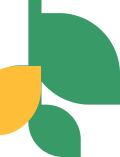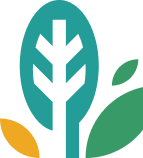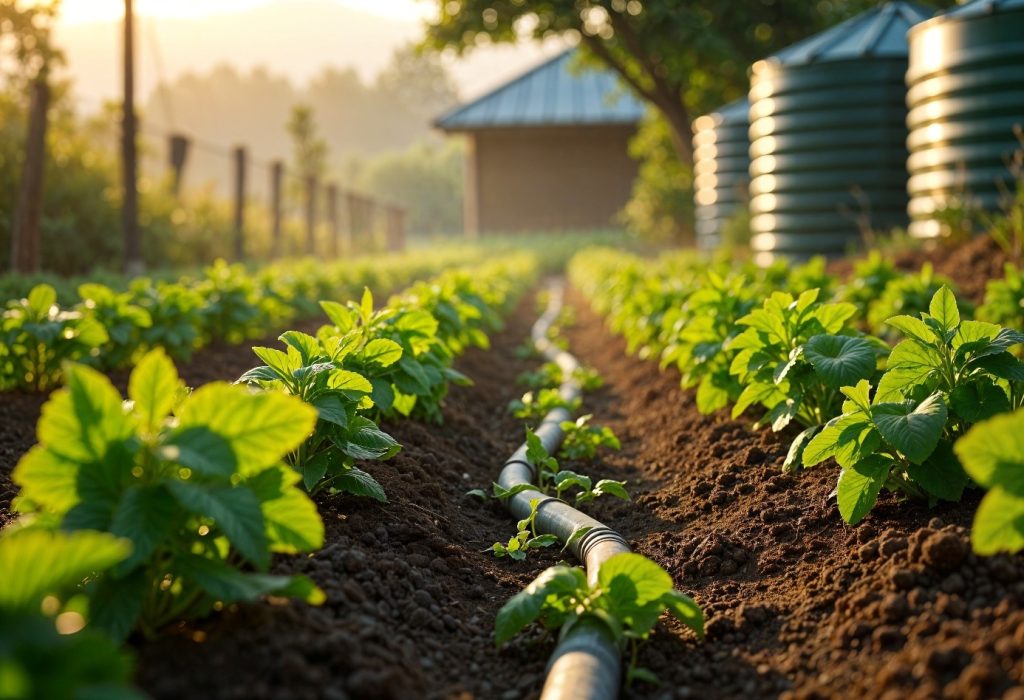


Agriculture is nothing less than the complex art of cooperation between humans and nature, the primary goal of which should be the sustainable use of natural resources, ensuring a secure future for future generations. Today, climate change, droughts, and rising farm costs are becoming increasingly challenging. Traditional approaches to farming are no longer sufficient, and farmers face the challenge of implementing new solutions that incorporate modern technologies that will help produce more while using less. This is where the topic of one of the most fundamental resources, water, and the need to maximize nutrient utilization arises. Smart irrigation and fertilization is therefore key to the future of agriculture.
A modern approach to water and nutrient management, based on systems, sensors, automation, and data from the Internet of Things (IoT), will ensure profitability in agriculture, while also supporting sustainable operations and making farms more resilient to harsh weather conditions.
This is why we created this course, which provides a step-by-step introduction to the world of smart technologies used in irrigation and fertilization. This course is aimed at anyone who wants to stay one step ahead. Curious about what this course covers? Here's a brief outline of the topics covered:
In the first module, participants learn how drip irrigation and sprinkler systems work. They will discover why these methods are significantly more efficient than traditional watering. Most importantly, the course demonstrates how to apply these technologies in practice – without complicated theory, but with an emphasis on real savings and efficiency.
The second module is an introduction to the Internet of Things (IoT). Participants learn the basics of installing and configuring soil moisture sensors, how to monitor water consumption in real time, and how to respond to common problems. Nothing is perfect, but troubleshooting yourself will save time and money. Using a smart system will allow you to use the time saved for other tasks.
This course focuses on responding to the needs of soil and plants and reducing chemical use through precise fertilization. This approach to agriculture guarantees a balance between yields, costs and most importantly, environmental impact.
In module four, we teach how to design and implement fertigation systems that combine irrigation with fertilization. This solution is primarily for those who want to maximize the use of every drop of water and gram of fertilizer while maintaining control over their effectiveness.
The course concludes with module five, which integrates irrigation systems with solar power. This module presents not only the benefits of this solution but also specific examples of farms where renewable energy is used to power irrigation systems. It is truly inspiring for anyone who wants to implement changes but fears failure.
This course was created for anyone who wants to develop their farm and care for the resources nature has provided us.